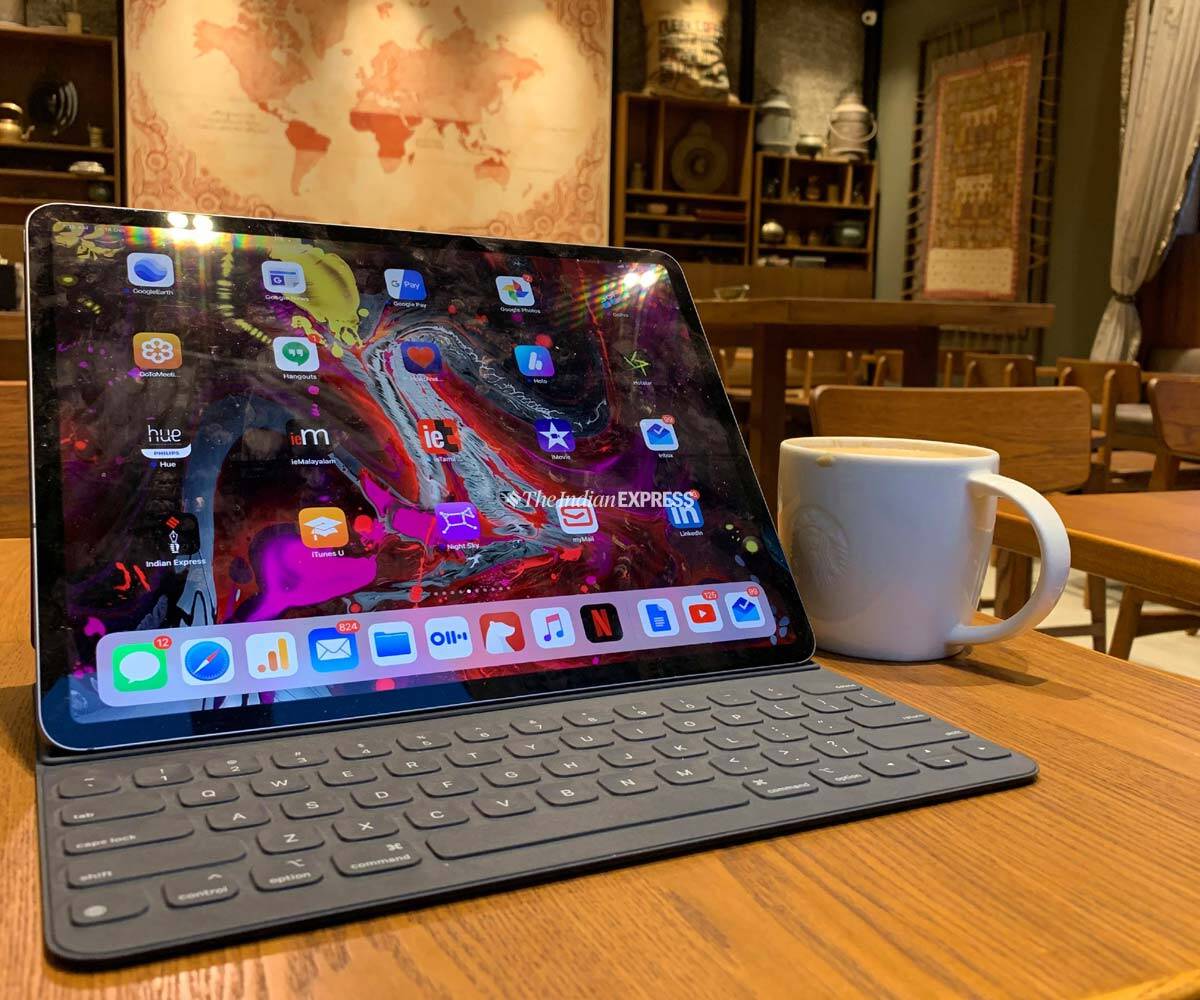The new iPad Pro 12.9 comes with Apple’s M1 chip and mini LED display. This convinces with great black values - but the display is not perfect. With its new iPad Pro models, Apple has packed the M1 chip into a tablet for the first time. The large model with a 12.9-inch display also has a mini LED display, i.e. a screen with thousands of small LEDs and significantly more lighting zones than previous iPads.
The background lighting should accordingly be possible in a much more localized manner, which should greatly improve the contrast and the black values. We took a look at the iPad Pro 12.9 with a mini-LED display and found that the image impression is indeed very good, but the mini-LED technology is currently not perfectly implemented.
The large iPad Pro looks very similar to its predecessor at first and second glance: the display is 12.9 inches again, the same dual camera is installed on the back (but with an extended dynamic range for videos up to 30 fps), the dimensions of the case are almost identical. The new iPad Pro 12.9 is only 0.5 mm thicker than the previous model and weighs around 40 grams more.
Big differences in the display
However, the technical differences are considerable in places. At first glance, this is particularly noticeable in the display, which, like the previous model, has a high resolution of 2,732 x 2,048 pixels: Apple’s so-called Liquid Retina XDR display is used in the new model. This does not have conventional LED backlighting with a handful of lighting zones, as was previously the case, but mini-LEDs. Incidentally, the 11-inch model still comes with a normal LC display with standard background lighting.
More than 10,000 small LEDs provide localized illumination in over 2,500 lighting zones on the 12.9-inch iPad Pro, which ensures significantly better black levels than a conventional LC display even when viewed without direct comparison. Due to the high number of LEDs for lighting, more areas can simply be left unlit – which enables a better black.
Compared with an OLED display, which has perfect black due to the technological properties of OLEDs, the advantage of a mini LED display is the significantly better brightness. The screen of the iPad Pro 12.9 has a maximum typical brightness of 600 cd / m² and a maximum brightness of 1,000 cd / m² on the entire screen. The tablet achieves a peak brightness of 1,600 cd / m2 in HDR applications – this is not possible with OLED screens.
